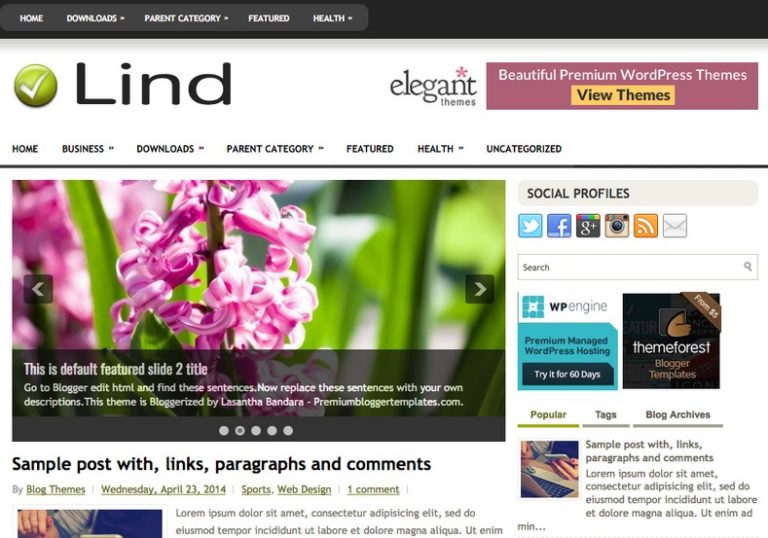

- #Two column responsive layout template how to#
- #Two column responsive layout template manual#
- #Two column responsive layout template full#
#Two column responsive layout template manual#
(For example, labels are not supported for manual bold formatting. Do not write the colon manually in the label text.
#Two column responsive layout template full#
The purpose of the wrapping feature is to make the full label text legible and to help avoid unnecessary use of abbreviations. It must be meaningful, succinct, short, and descriptive. To avoid truncation, labels within forms wrap automatically.Īlways aim to keep your labels as concise as possible. Remember that a label is not a help text. The new behavior with the empty columns now can be achieved. If it is set to ‘false’, the form with a single group has as many columns as the properties columnsM/L/XL are set to. A single group covers the entire width of the form, irrespective of the values of the properties columnsM/L/XL. Therefore, a new property had to be introduced: singleContainerFullSize.If you are using a simple form, set this property directly in the simple form control. Its default value is ‘true’, which reflects the old behavior. So if single groups no longer cover the entire form, all forms with a single group are automatically changed to two column forms in size L if the default value of the property columnsL has not been changed manually to 1. However, the default value of columnsL has always been 2. Therefore, it was not possible to create an empty column next to the single group. This had to be changed. Up to SAPUI5 version 1.34, a group in a form with only this single group covered the entire width, irrespective of the value of the properties columnsM/L. All other controls following this label will be assigned to its row (form element).A title ( sap.ui.core.Title (API)) automatically starts a new form group (form container), and a label ( sap.m.Label (API)) automatically starts a new row (form element).Form containers and form elements are created automatically according to the content type.The layout and structure are defined by the content that is entered.The simple form control gives you the possibility to achieve the same result as with the form control, but in a much easier way. Inside a simple form, a form control is created along with its form containers and form elements: And each form element consists of a label and an input field. Each form container consists of form elements. Using media queries we can switch a multi-column layout to a single-column one, making it easier to read an email. With a form, you can easily layout a list of properties and input fields. A form is structured into form containers. In SAPUI5, forms can be built using two different controls: The form acts as a container for other UI elements (such as labels, input fields, checkboxes, and sliders), while structuring these into a specific layout. This helps the reader to navigate your website smoothly.A form is used to present data to the user and to allow users to enter data in a structured way.

Using a two columns layout, you can split and structure the content into related sections.Ĭontent in the same section with the same background appear to be relate.Ĭontent in same section but different background appear to be contrasted with each other. With responsive design, the two columns are reorganized into one column on smartphone screens.
#Two column responsive layout template how to#
How To Create a Responsive Two Column Layout in HTML and CSSĪs a web developer, you have a variety of layout you can use to present content on a website.


 0 kommentar(er)
0 kommentar(er)
